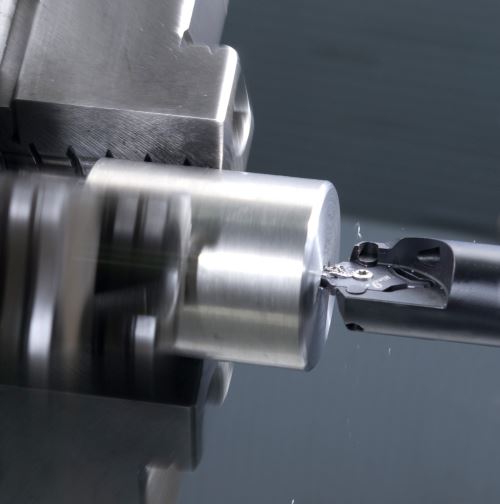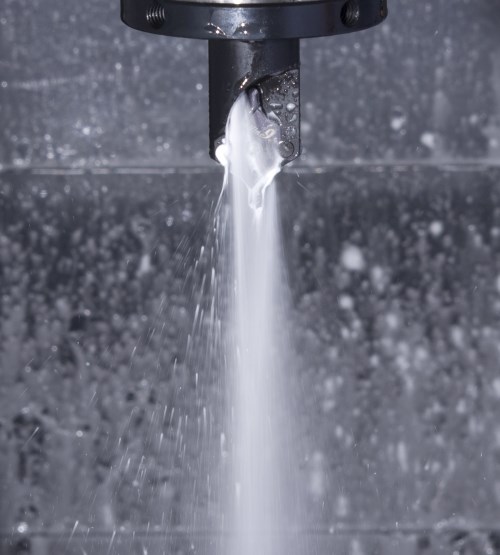The Value Of Indexable-Insert Center Drills
This indexable-insert center drill, said to be an industry first, combines the drilling performance advantages of solid carbide with the positioning repeatability and quick-change benefits common to indexable-insert tooling.
Related Content
Sunnen Named Official Honing Equipment Partner of Hendrick Motorsports
Sunnen Products Co. adds its SV-series honing machines to the engine department of Hendrick Motorsports —which has earned a record 14 car owner championships in NASCAR’s premier division.
Read MoreThyssenkrupp Materials Services Opens New Facility in Texas
The new service center in Sinton, Texas supports the materials and supply chain management needs of manufacturing companies across multiple markets in the region.
Read MoreReinventing the Wheel with Robot-Automated CNC Multitasking
One race team discovers how to efficiently manufacture a new wheel nut design for the next-generation NASCAR stock car with the help of a CNC mill/turn and a built-in robot.
Read MoreAutomated High-Production Welding of EV Rotor Shafts
This cell is able to perform joining, preheating and welding operations for rotor shafts used in electric vehicles.
Read MoreRead Next
5 Aspects of PMTS I Appreciate
The three-day edition of the 2025 Precision Machining Technology Show kicks off at the start of April. I’ll be there, and here are some reasons why.
Read MoreDo You Have Single Points of Failure?
Plans need to be in place before a catastrophic event occurs.
Read MoreA Tooling Workshop Worth a Visit
Marubeni Citizen-Cincom’s tooling and accessory workshop offers a chance to learn more about ancillary devices that can boost machining efficiency and capability.
Read More





















